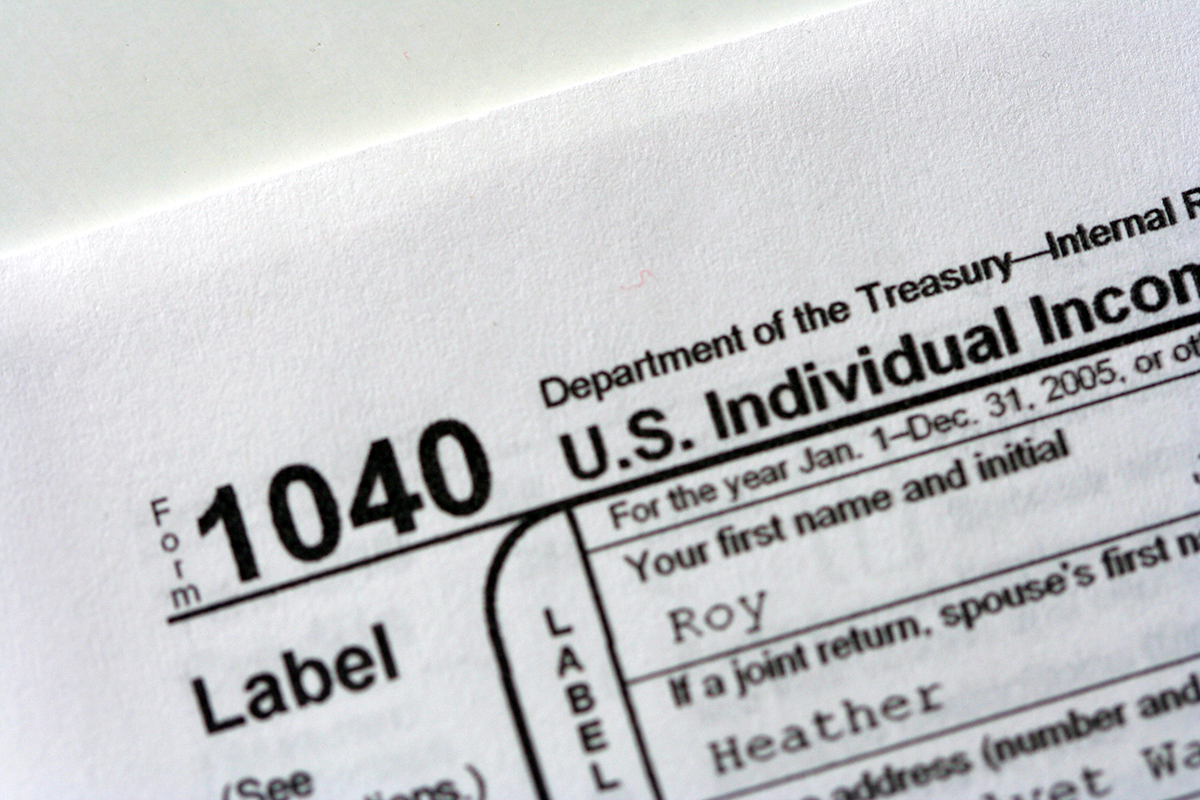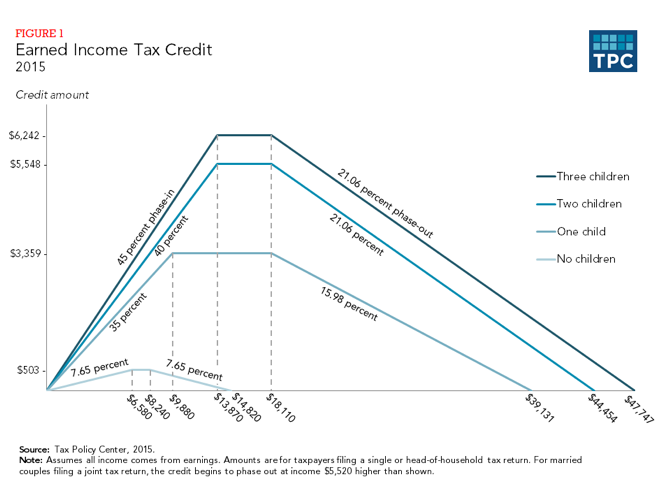4 Things You Need to Know About the Earned Income Tax Credit

Today is dedicated to raising awareness of a federal tax credit heralded as the single most effective antipoverty program for working age people. Indeed, the Earned Income Tax Credit (EITC) brought 6.5 million people above the poverty line in 2015, including 3.3 million children. The credit also reduced the severity of poverty for another 21.2 million people, including 7.7 million children.
For all of EITC’s successes on reducing poverty, only four out of five eligible taxpayers successfully claim it on their federal tax returns every year, which means that more than 6 million people leave money on the table during tax time. With the 2017 tax season already underway, we must arm ourselves with information about the EITC before filing our tax returns. This knowledge could make the difference between paying less in taxes, no taxes, or even receiving a tax refund.
Here are four important facts you need to know about the EITC:
- It encourages and rewards work. Only working people are eligible for the EITC. Furthermore, a worker’s EITC grows as their wages grow until they reach the maximum EITC value.
- It decreases poverty. The EITC is a powerful tool in combatting poverty because it is a refundable tax credit. If a taxpayer owes federal income tax and is eligible for the EITC and successfully claims it, the credit can be used to pay down taxes. Depending on the credit amount, it can reduce taxes to $0. In cases where taxpayers don’t owe any federal income tax, they can receive a tax refund for the full credit amount. The money workers receive often removes the difficult choice of spending money on rent, food, or other necessities.
- Credit amount is based on income, number of children, and filing status. The credit amount will depend on the number of children a worker takes care of (credit amount rises with each child), their income (credit also rises as incomes rise until it reaches the maximum EITC value), and filing status (married workers filing jointly receive more credits than workers filing as single or head of household). The Tax Policy Center’s graphic of how the EITC works provides a good visual of the impact of income and number of children on a worker’s credit amount.
- Not all workers are eligible for the EITC. While it is true that only workers can claim the EITC, the credit unfortunately excludes most workers not raising children, including:
- Young workers under the age of 24, such as recent college graduates.
- Working parents not raising children in their homes.
- Workers making $9.62 an hour or less
- Veterans.
This coverage gap is particularly harmful for Latinos, a young generation (6 out of 10 Latinos are Millennials) who is overrepresented in low-wage occupations. In fact, more than 1 million Latino workers are excluded from claiming the EITC because they either don’t meet the income requirements or age range.
The EITC is one of the most successful tools to combat poverty. We must ensure that if eligible for the EITC, we are claiming it on our tax returns this filing season. And we must also ensure that Congress expands the EITC to cover more hardworking Americans. We have between now and April 18 to help taxpayers keep more hard-earned income in their pockets.
For more information about the EITC, visit the IRS’ website.
